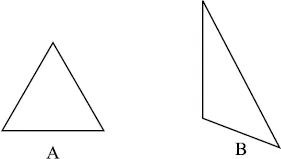
Molecular Symmetry and Group Theory
A Programmed Introduction to Chemical Applications
Alan Vincent
- English
- ePUB (disponibile sull'app)
- Disponibile su iOS e Android
Molecular Symmetry and Group Theory
A Programmed Introduction to Chemical Applications
Alan Vincent
Informazioni sul libro
This substantially revised and expanded new edition of the bestselling textbook, addresses the difficulties that can arise with the mathematics that underpins the study of symmetry, and acknowledges that group theory can be a complex concept for students to grasp.
Written in a clear, concise manner, the author introduces a series of programmes that help students learn at their own pace and enable to them understand the subject fully. Readers are taken through a series of carefully constructed exercises, designed to simplify the mathematics and give them a full understanding of how this relates to the chemistry.
This second edition contains a new chapter on the projection operator method. This is used to calculate the form of the normal modes of vibration of a molecule and the normalised wave functions of hybrid orbitals or molecular orbitals.
The features of this book include:
- A concise, gentle introduction to symmetry and group theory
- Takes a programmed learning approach
- New material on projection operators, and the calcultaion of normal modes of vibration and normalised wave functions of orbitals
This book is suitable for all students of chemistry taking a first course in symmetry and group theory.
Domande frequenti
Informazioni
Programme 1
Symmetry Elements and Operations
Objectives
Assumed Knowledge
Symmetry Elements and Operations















